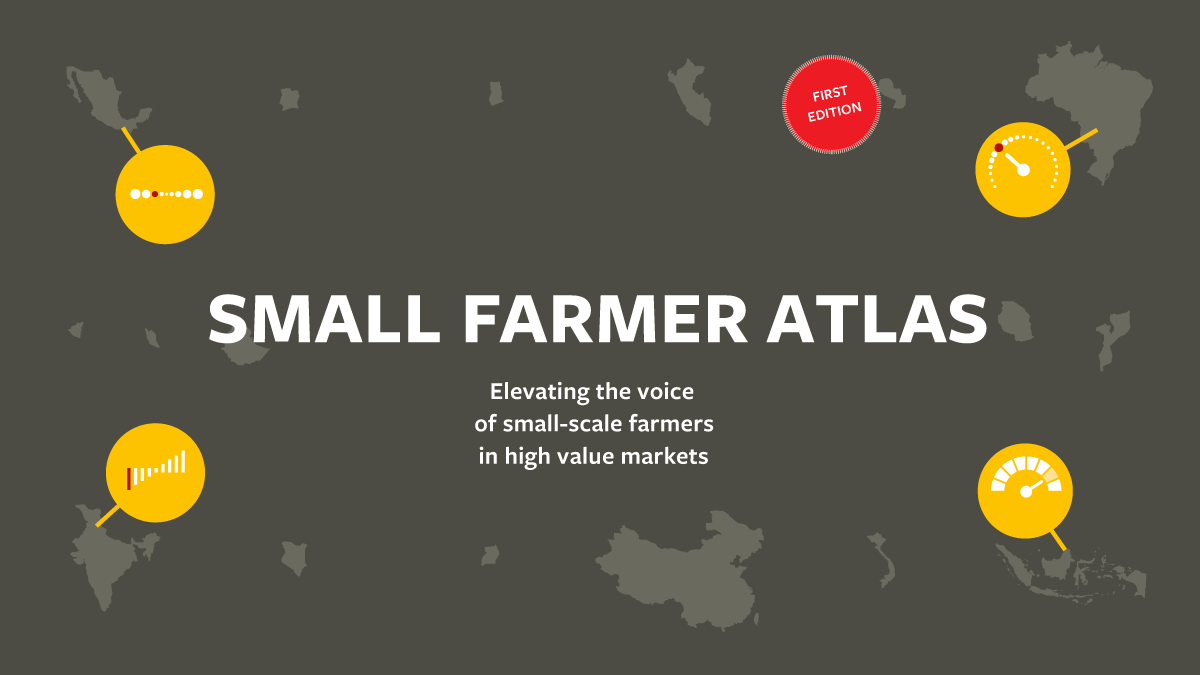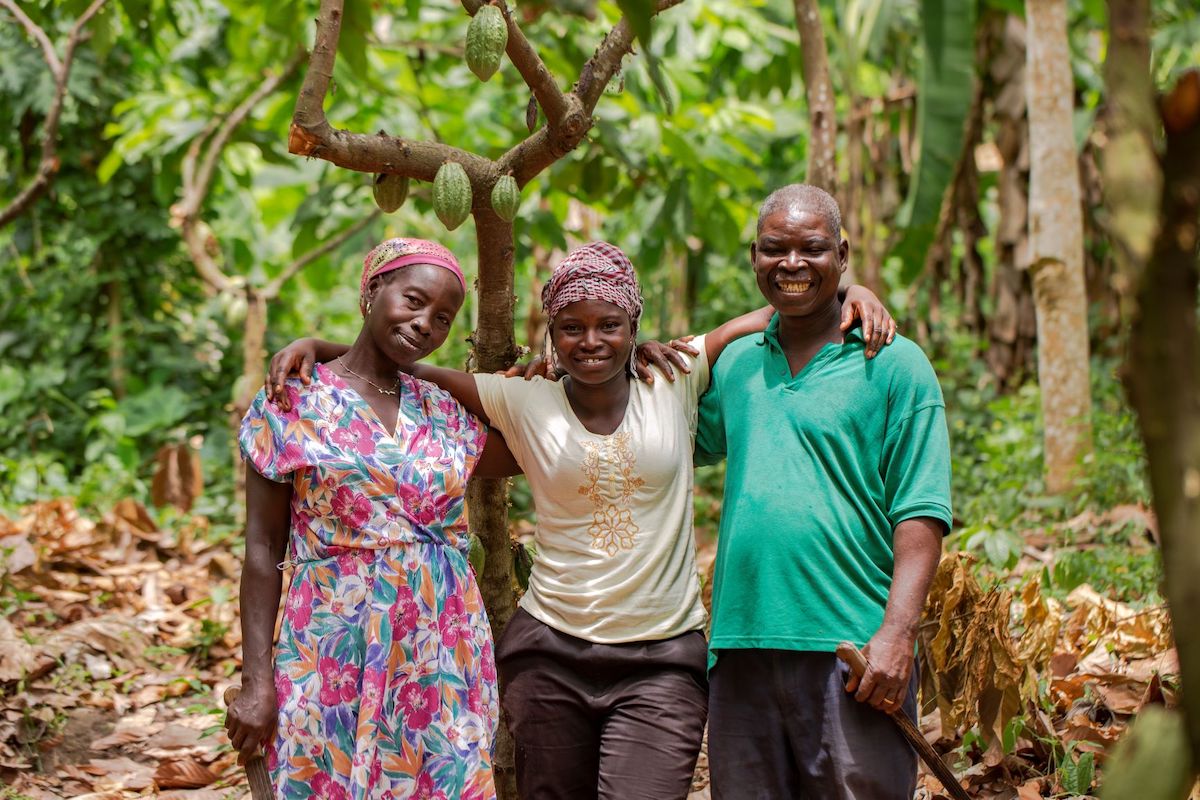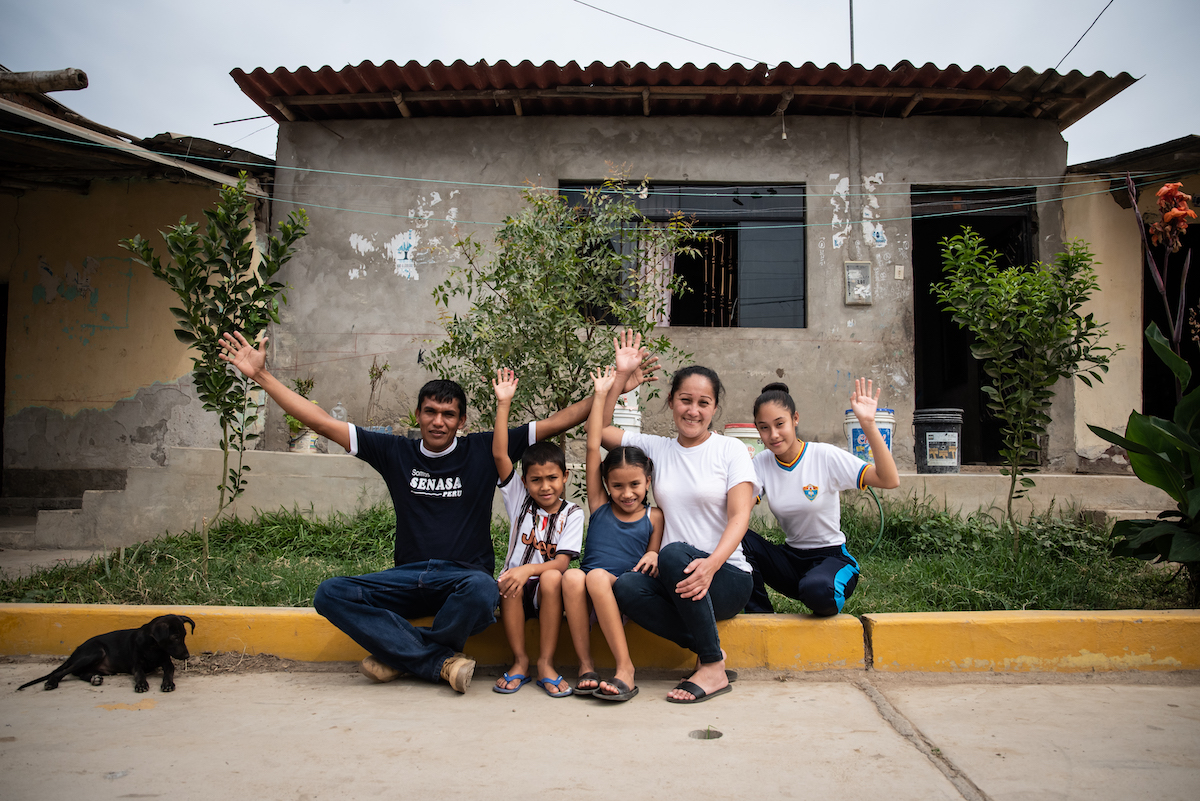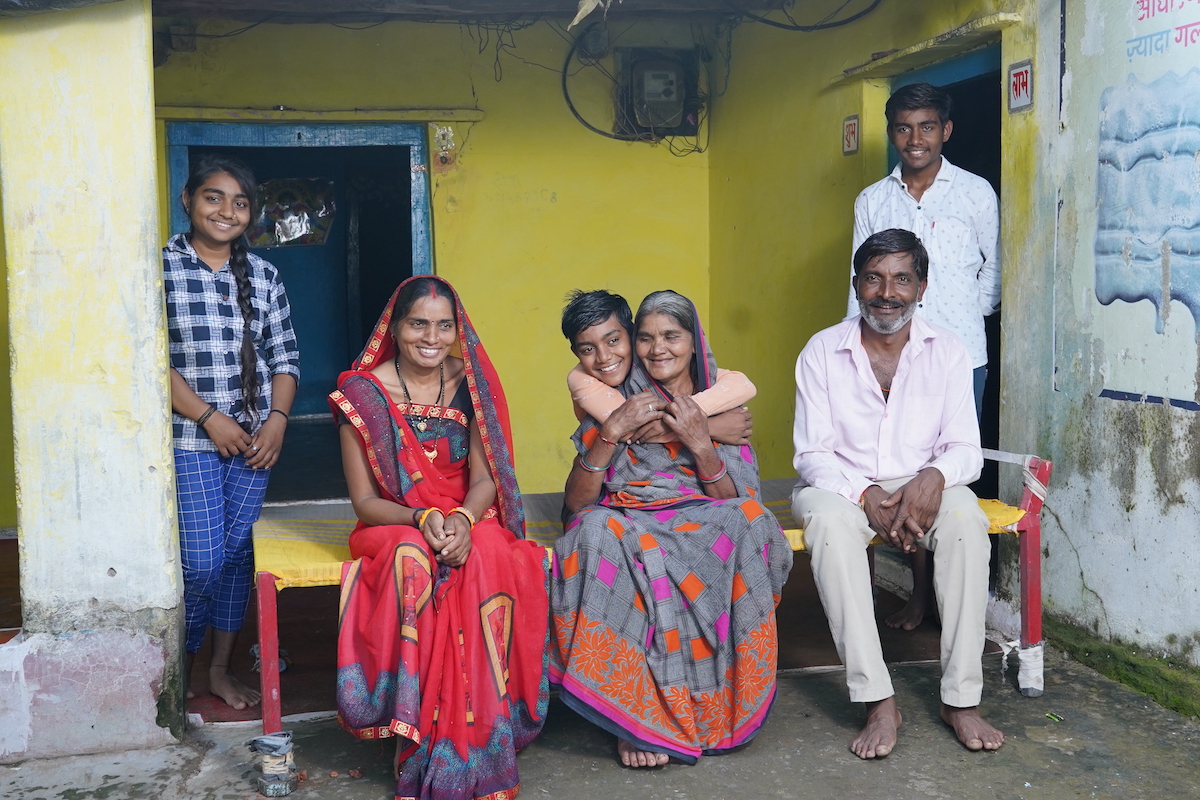Small-scale farms are critical to the future of our planet. They have great potential to contribute to climate solutions, yet they are among the most vulnerable to extreme weather events. They produce a significant proportion of the world’s food, yet many are food insecure. Small farmers represent a sector that’s ripe for growth and ready for investment, yet finance is hard to come by.
“Economically, things have improved a lot. We have increased our incomes, sent our children to school, improved our houses, … and even managed to save some money. But in the last 10 years, farming has become increasingly difficult.”
Edwin Nunjar Peña, a banana farmer in Peru
As companies, government officials and civil society organizations strategize how to best serve and support small-scale farmers, these same farmers are often left out of key discussions. The Small Farmer Atlas is a first effort to learn about farmers’ perspectives on sustainability.
The Atlas comprises the perspectives of nearly 10,000 farmers across eight commodities, including bananas, coffee, cotton, cocoa, palm oil, soybeans, sugarcane, tea. We sought out their input on issues ranging from prosperity and income, to bargaining power and land use to create a data rich resource focused on eight commodities.
Who are small-scale farmers?
Small-scale farmers are not a contiguous, easily-defined group. The eight commodities covered in the Atlas are produced by roughly 120 million small-scale farmers, the majority of them in Africa, Asia and Latin America. For this report, Solidaridad focused on two distinct categories of small-scale farmers:
- Semi-commercial – These farmers typically sell a high portion of their production into commodity value chains, yet often live with poverty and rely on diverse strategies to survive.
- Small-commercial – These are farmers with land holdings of less than 20 hectares. They are well-connected to domestic and international value chains, and farming can be a viable livelihood strategy for eventually achieving a living income.
Some of these farmers still live below the poverty line, others are on their way to a living income, yet these farmers have the means and access necessary to make farming work. Even for this potential, the research found that most have a negative outlook for the future of farming.
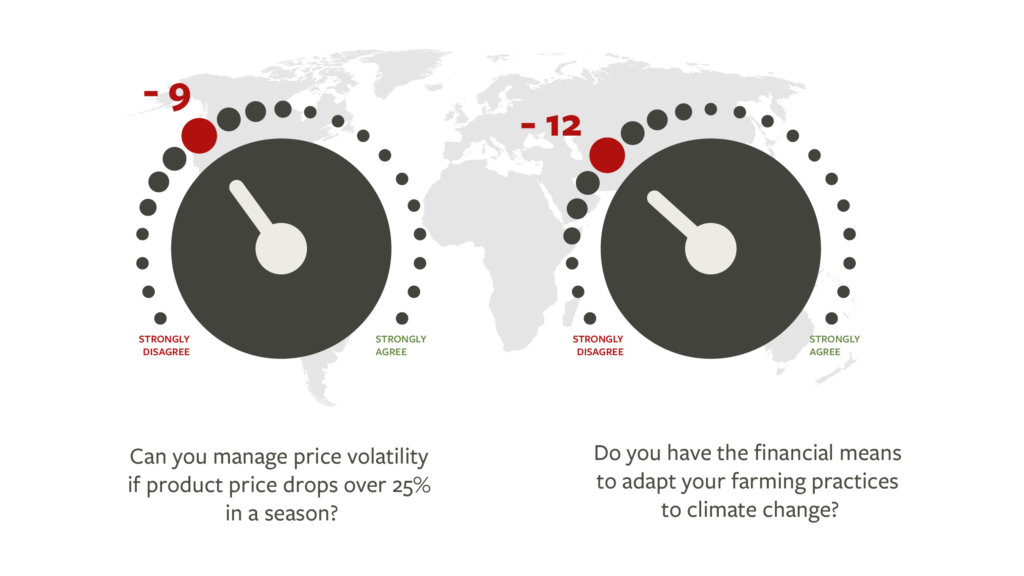
Working toward a more inclusive economy
Numerous actors facilitate trade in global commodities. This ranges from cooperatives and farmer organizations that aggregate production and provide services, to input providers who sell seeds and knowledge, and government and financial institutions that provide resources. When these actors are well-aligned, farming can be a productive venture. In the case of half of the farmers we surveyed, access to essential services and inputs is difficult.
With the right conditions, small-scale farming can be a sustainable enterprise, but only when all actors contribute to creating an equitable business environment and a level playing field that allows small enterprises to flourish. The Small Farmer Atlas demonstrates the need for a re-evaluation of how trade is conducted.
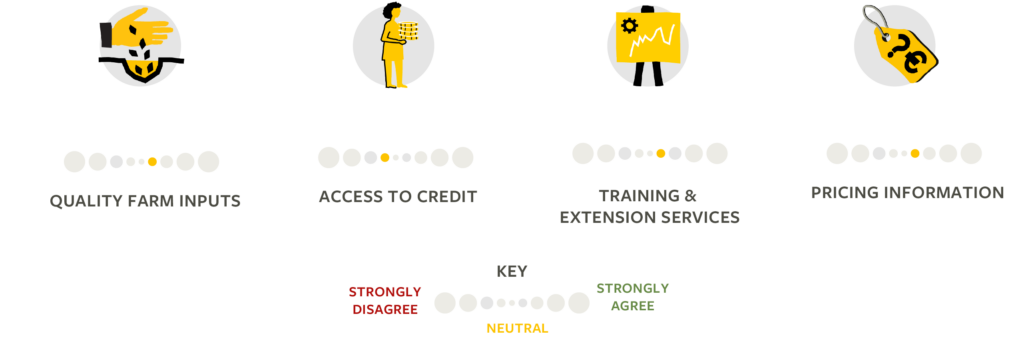
Finding balance with nature
Three out of five farmers surveyed expressed serious concerns about the quality of soils and access to water. On a daily basis, they must navigate shifting weather patterns and the impacts of extreme weather events.
Small-scale farmers are heavily dependent on a stable, predictable climate. The pressure to increase yields, reduce costs and expand farmland has pushed many farmers to rely heavily on chemical fertilizers and expensive inputs. This leads to a depletion of soil carbon, a decline in soil quality and increased costs.
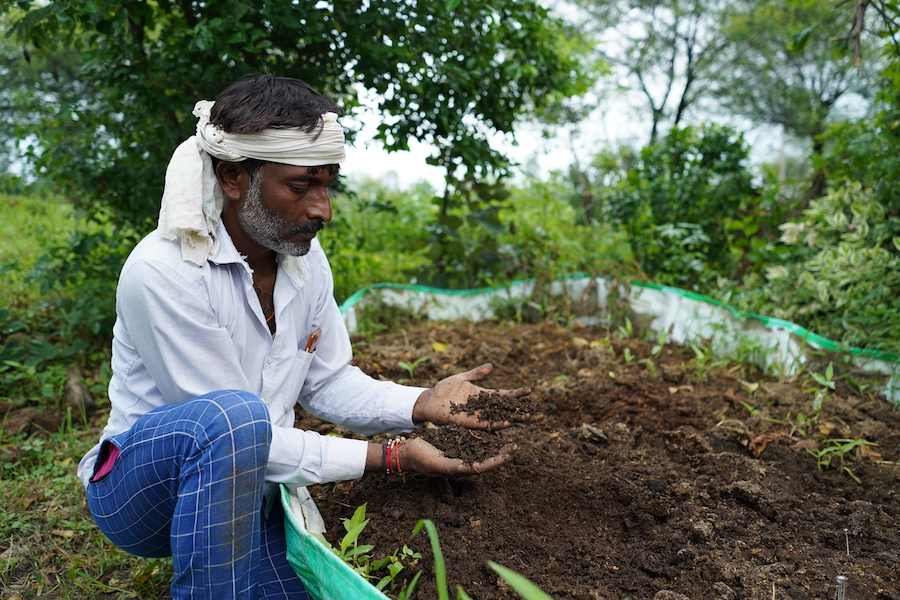
“As farmers, we are entirely dependent on nature. Nature determines when I sow and when I harvest. It is important that we can cultivate our crops with respect for nature. Not only because all agriculture is based on nature, but also because it results in better yields.”
Ramesh Rajput, soybean farmer in India
Making the case for better listening
Over half of all farmers surveyed express confidence in their ability to meet basic needs. This may indicate that sustainability interventions have had a positive impact, even through the pandemic and the related economic downturn when the survey was conducted.
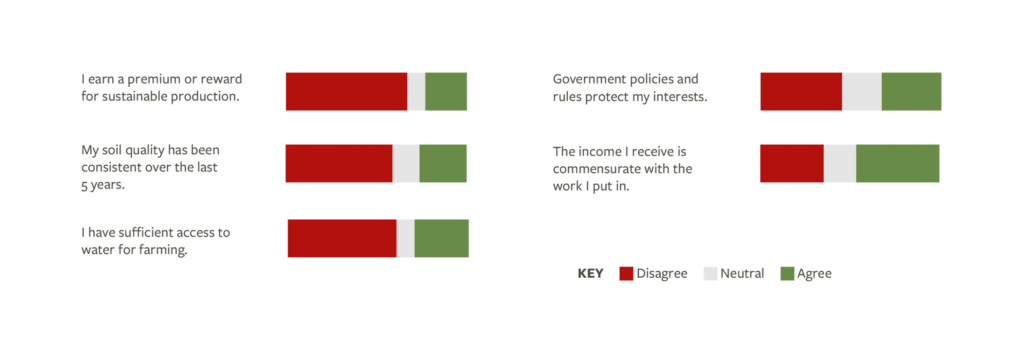
And yet, farmers see their work becoming more complex and unpredictable, and lack the resources to adapt. The fact that farmers are more concerned about climate change and its impacts than their own income should be a wake-up call for companies and policy makers.
The Small Farmer Atlas illustrates the need for two key interventions:
- Profit-sharing across agricultural value chains that directly benefit farmers, and improve their business case so they can invest in their farms and access finance.
- The need for systemic change that prioritizes the perceptions of small-scale farmers and grounds interventions in their needs.
“Farming is the most important job in the world. They are the original influencers shaping our daily diets. The opinions and views of farmers matter,” says Jeroen Douglas, Executive Director Solidaridad Network. “We invite companies and governments to take this to the next level and work to truly involve farmers in the design of policies and sourcing practices.”

